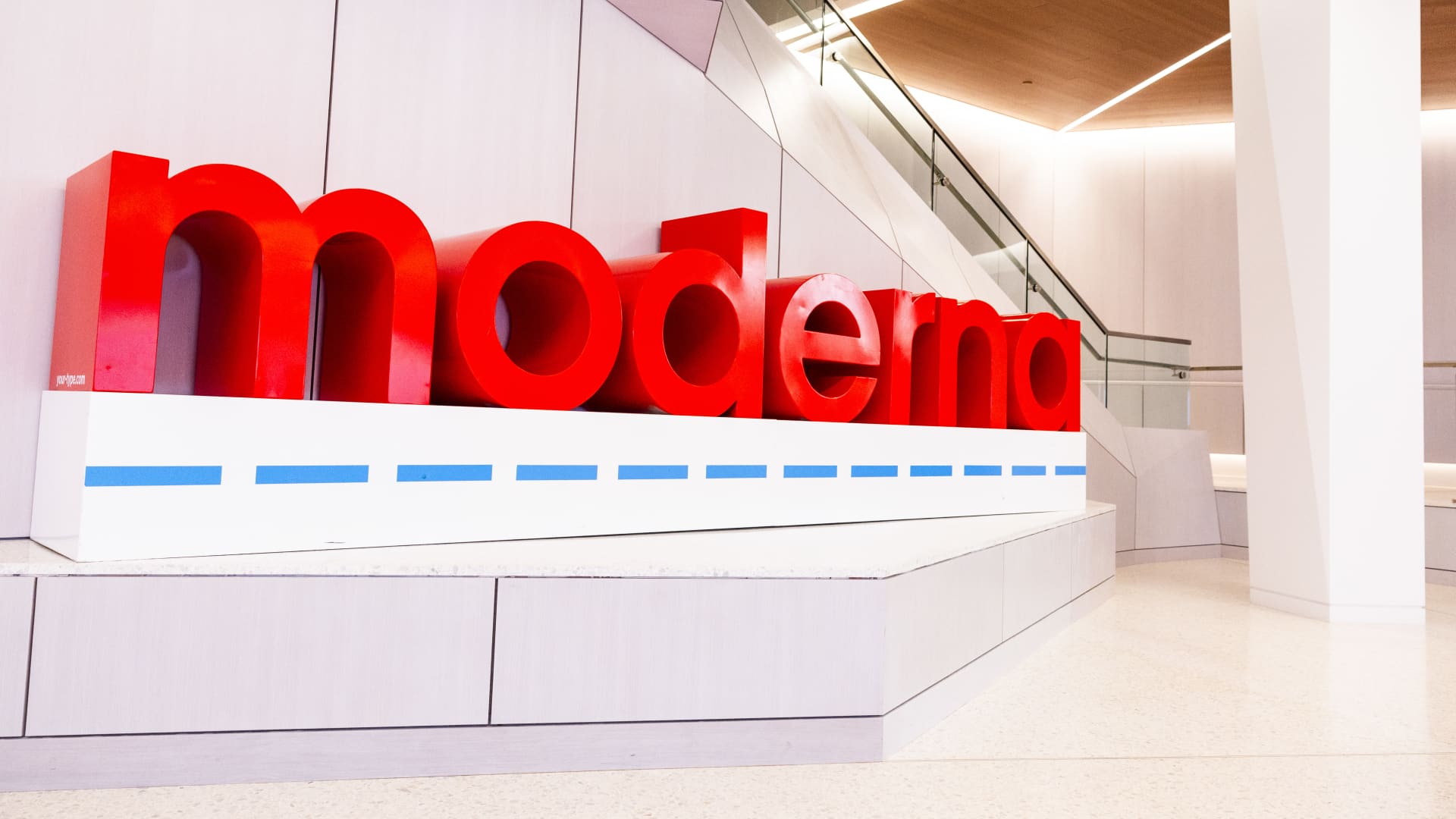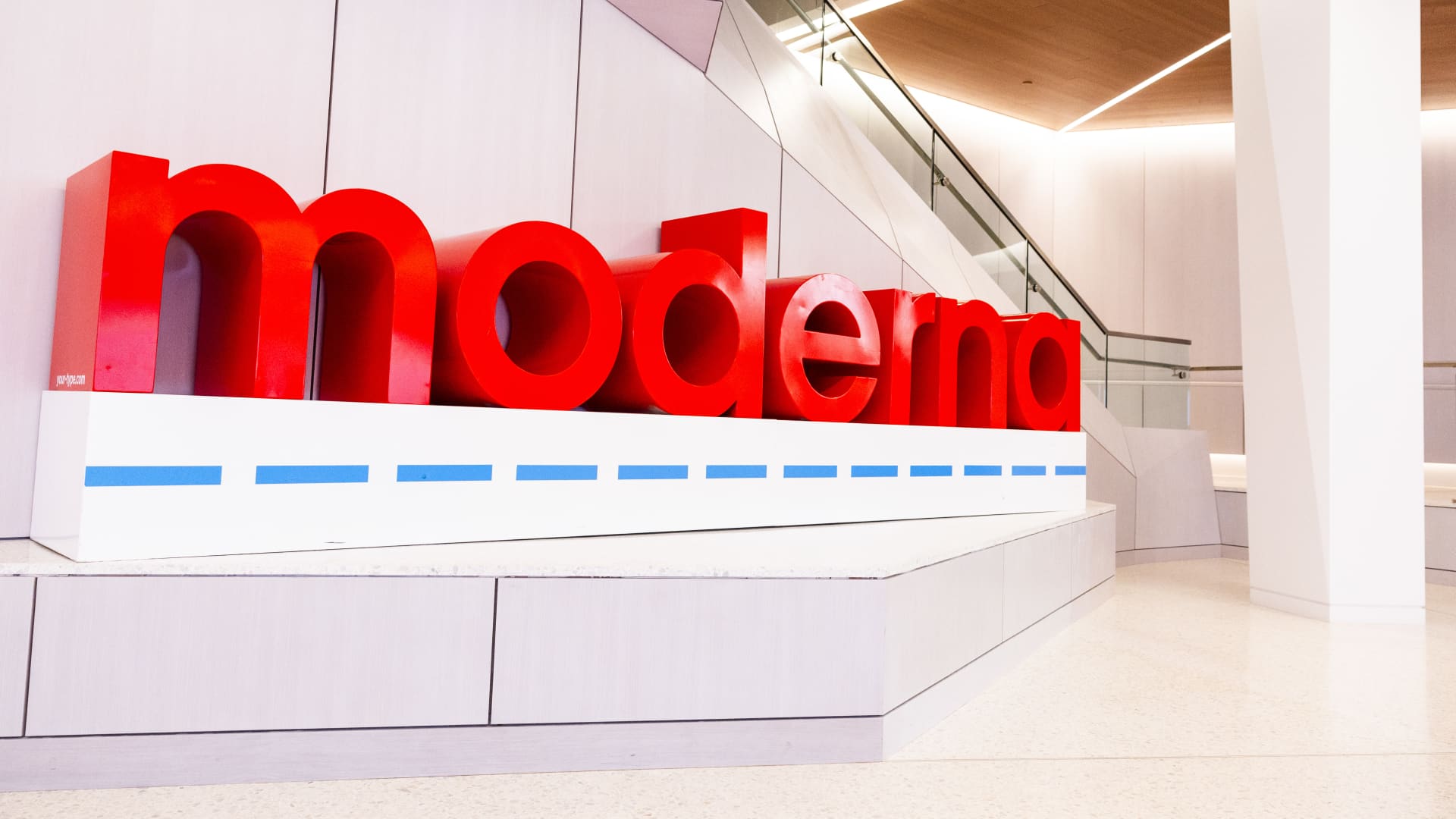Moderna’s Strategic Pivot: Navigating the Post-Pandemic Landscape
The biotechnology sector is witnessing a significant shift as Moderna, a company that became a household name during the COVID-19 pandemic, undergoes a substantial restructuring. This move, which includes a 10% reduction in its global workforce, marks a critical juncture for the company as it transitions from a pandemic-driven boom to a more diversified and sustainable business model. The decision reflects the broader challenges faced by biotech firms in a post-pandemic world, where demand for COVID-19 vaccines has waned, and the focus has shifted towards long-term innovation and financial stability.
The Decline of the COVID-19 Boom
Moderna’s rapid ascent was largely fueled by the global urgency for a COVID-19 vaccine. The company’s mRNA technology, which proved to be highly effective and rapidly deployable, positioned Moderna as a key player in the global health crisis. However, the surge in vaccine sales was always expected to be temporary. As the pandemic transitions into an endemic phase and global vaccination rates stabilize, the demand for COVID-19 vaccines has naturally declined.
This shift is evident in Moderna’s recent financial results, which show a significant year-on-year decrease in revenue from its COVID-19 franchise. The contraction in demand necessitates a proactive approach to cost management and resource allocation. Moderna’s decision to reduce its workforce and implement cost-cutting measures is a direct response to this new reality, aiming to ensure the company’s long-term sustainability and innovation.
Beyond Layoffs: A Comprehensive Restructuring
The workforce reduction is just one component of a broader cost-cutting program designed to optimize operational efficiency and reduce annual operating expenses by $1.5 billion. This initiative likely involves streamlining internal processes, prioritizing research and development efforts, and reevaluating investment strategies.
Additionally, recent reports indicate changes within Moderna’s leadership structure, including the departure of the chief information officer. This suggests a comprehensive organizational restructuring that extends beyond personnel cuts, potentially impacting digital strategies and IT infrastructure. Such changes are crucial for modernizing the company’s operations and ensuring it remains competitive in a rapidly evolving market.
Diversification: The Key to Long-Term Success
Moderna’s long-term success hinges on its ability to leverage its mRNA technology to develop vaccines and therapies for a range of other diseases. The company has been actively investing in research and development across various therapeutic areas, including:
– Respiratory Syncytial Virus (RSV): Moderna recently launched its RSV vaccine, aiming to capture a significant share of the market. However, initial sales have been described as anemic, highlighting the challenges of entering established markets with existing competitors.
– Influenza: Moderna is developing mRNA-based influenza vaccines, which have the potential to offer improved efficacy and faster manufacturing compared to traditional vaccines.
– Cancer Vaccines: Moderna is exploring the use of mRNA technology to develop personalized cancer vaccines, tailored to an individual’s specific tumor mutations. This approach holds tremendous promise for revolutionizing cancer treatment.
– Other Infectious Diseases: Moderna has a pipeline of vaccines targeting other infectious diseases, such as Zika virus and cytomegalovirus (CMV).
The success of these diversification efforts will be crucial in offsetting the decline in COVID-19 vaccine sales and driving future revenue growth. By expanding its product portfolio, Moderna can reduce its reliance on a single revenue stream and build a more resilient business model.
Challenges and Opportunities Ahead
Moderna faces several challenges in the coming years as it navigates the post-pandemic landscape:
– Competition: The vaccine market is becoming increasingly competitive, with established pharmaceutical companies and emerging biotech firms vying for market share. Moderna must differentiate itself through innovation and strategic partnerships.
– Regulatory Hurdles: Developing and commercializing new vaccines and therapies requires navigating complex regulatory pathways. Moderna must ensure its products meet stringent safety and efficacy standards to gain regulatory approval.
– Manufacturing Capacity: Scaling up manufacturing capacity for new products while optimizing existing infrastructure is essential. Moderna must invest in state-of-the-art facilities and efficient supply chains to meet global demand.
– Public Perception: Maintaining public trust and confidence in mRNA technology is critical, especially in the face of vaccine hesitancy. Moderna must engage in transparent communication and education to address concerns and build trust.
Despite these challenges, Moderna also has significant opportunities:
– mRNA Platform: Its proven mRNA technology platform provides a competitive advantage in developing new vaccines and therapies. Moderna can leverage this platform to address unmet medical needs and drive innovation.
– Financial Resources: Despite recent market shifts, Moderna retains a substantial cash reserve, enabling it to invest in research and development and strategic acquisitions. This financial strength positions the company for long-term growth.
– Experienced Leadership: Moderna’s leadership team has demonstrated its ability to navigate complex challenges and drive innovation. The company’s strategic vision and execution capabilities are key assets.
– Global Reach: Moderna has established a global presence, allowing it to distribute its products worldwide. This global reach provides a competitive edge in accessing diverse markets and meeting global health needs.
A Strategic Recalibration for Sustainable Growth
Moderna’s decision to reduce its workforce and implement cost-cutting measures is not a sign of failure but a necessary evolution for a company adapting to a changing market landscape. The pandemic propelled Moderna to unprecedented heights, but long-term success requires a strategic pivot.
By streamlining operations, prioritizing research and development, and diversifying its product portfolio, Moderna is positioning itself for sustainable growth and continued innovation. The company’s future hinges on its ability to leverage its mRNA technology to address unmet medical needs and deliver value to patients worldwide.
The Future is mRNA
While the immediate news of layoffs is undoubtedly difficult for those affected, it’s important to consider the broader context. Moderna’s restructuring is a strategic recalibration, not a collapse. The company’s mRNA platform remains a powerful tool with vast potential. By focusing on its core strengths, streamlining operations, and aggressively pursuing new applications for its technology, Moderna can navigate the post-pandemic world and continue to be a leader in the biotechnology industry.
The future of medicine is increasingly intertwined with mRNA technology, and Moderna is poised to play a significant role in shaping that future. As the company continues to innovate and adapt, it has the potential to make a lasting impact on global health and well-being.












